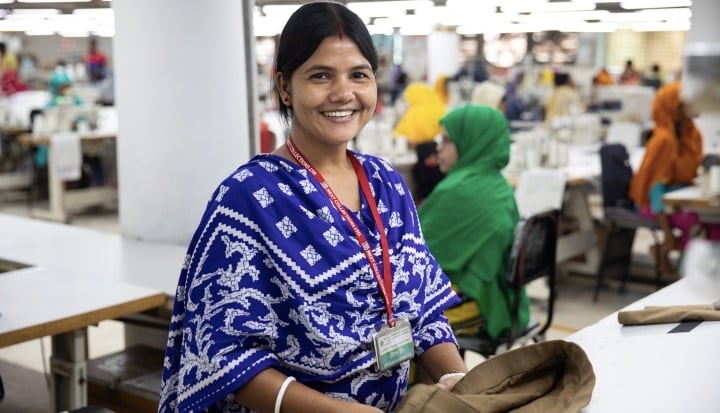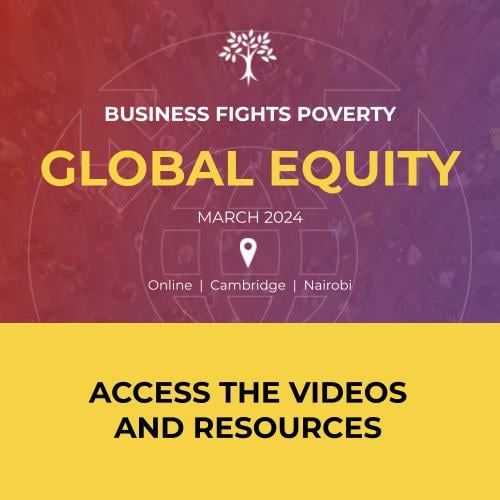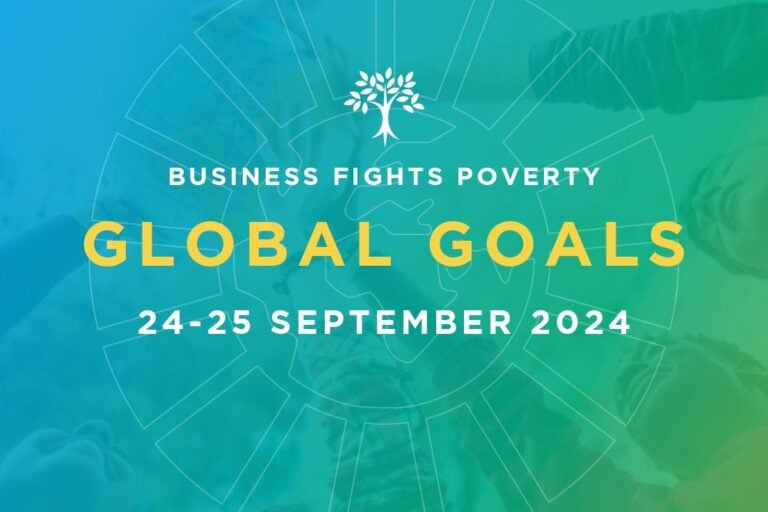“Being paid into an account is much safer. During Corona, if I were paid in cash, I would have had to go to the factory in person and disinfect the money as my colleagues did when they received their salaries in the envelope.” Ibrahim, Garment Worker, Egypt
For Ibrahim, as for many low-income workers in global supply chains, the COVID-19 pandemic has brought the physicality of cash into sharp focus. Even where factories have remained open, for those who receive wages in cash, payday has become arduous and dangerous. Where operations are suspended, though, receiving cash wages becomes an impossibility, putting workers at increased risk of being plunged into economic crisis.
The pandemic has revealed and accentuated the limitations of cash payments: they are time-consuming, insecure, and disempowering for workers. As lockdowns have brought much of the world to a standstill, governments and the private sector alike have turned to digital financial services to make rapid payments at scale. For example, the government of Bangladesh’s COVID-19 support package for the garment sector was available only for employers paying digital wages; this led to over 800 garment factories rapidly digitizing their payroll, and in April 2020, 1.9 million garment workers received the government support package payments into their accounts—with more than half estimated to be paid digitally for the first time.
In global supply chains, this rapid shift to digital payments has, in the short term, enabled critical support to reach the most vulnerable populations: low-income workers who rely on regular wages or government payments to feed and support their families. More broadly, however, the shift has highlighted the longer-term potential of digital wages to drive financial inclusion and resilience, bringing low-income workers into the formal financial system and thereby increasing their ability to save, plan, and respond to crises.
As Nupar, a Bangladeshi garment worker, revealed:
“I keep track of all my expenses and have savings even from my small salary. Every month I save 1,000-1,500 taka in my mobile wallet and 5,100 in my savings group. Because of this, I didn’t need to borrow any money [during the COVID-19 lockdown].”
There is therefore a major opportunity, right now, to accelerate the transition to digital and generate positive impact at scale. Since 2018, BSR’s HERproject and the Mastercard Center for Inclusive Growth have partnered to leverage the HERfinance Digital Wages program to scale up wage digitization for ready-made garment factories and workers in Bangladesh, Egypt, and Cambodia. Together, we are calling on business globally and governments to unite in developing and implementing more cash digitization programs. Through their supply chains in countries like India and Bangladesh, global brands and buyers have unique access to millions of workers and can, in partnership with relevant governments and stakeholders, make digital wages a global reality. Governments can digitize their social protection payments and support individuals to access and use these much-needed disbursements.
However, while such a shift has enormous potential, it is critical that efforts are carefully designed and managed. The Mastercard Center for Inclusive Growth and HERproject are therefore pleased to share a new report, Digitizing for Inclusion: Insights from Wage Digitization in the Garment Sector . This report draws on the extensive experience of HERfinance Digital Wages programs across multiple countries, highlighting key lessons that can help global brands, governments, financial service providers, and other stakeholders ensure that the transition to digital payments is inclusive, effective, and beneficial to all.
The report shares insights that private sector, governmental, and development organizations should consider before beginning any payment digitization programs. These include the following:
- Without training, digital wages may offer little to no benefit . While digital wages programs may succeed in providing workers with accounts and transitioning factories away from cash payments, this may be a token gesture with little impact if workers are not trained and encouraged to use digital financial services. In 2017, for instance, when the garment industry in India digitized wages, there was limited training provided to workers. Three years later, research found that male and female workers are still withdrawing 100 percent of their wages on payday. By contrast, through the HERfinance Digital Wages programs in Bangladesh, workers have been trained on using their mobile money accounts to send remittances to families, save money in their accounts (which helps them to better weather future shocks), and make payments for products in areas around the factory. As a result, they became active mobile money users: women were conducting approximately eight transactions per month and men 13 transactions.
- If gender is considered from the start, digital payments can enable women’s economic empowerment . In Bangladesh, for example, women are often forced to hand over some or all of their wages to husbands or male family members. Paying women digitally does not necessarily alleviate this problem and may, in some cases, make it worse. The HERfinance Digital Wages programs have therefore devoted significant time to discussing the advantages of joint financial decision-making with both men and women, leading to female participants reporting increased control over their wages. If the specific barriers women face are accounted for and incorporated into training programs, there is an increased likelihood that gender norms can be shifted, paving the way for greater women’s empowerment.
As these lessons show, transitioning to digital payments is not just a matter of flicking a switch. It requires knowledge, expertise, and thoughtful planning and implementation. HERproject and the Mastercard Center for Inclusive Growth are therefore delighted to make the learnings from HERfinance Digital Wages programs publicly available; we encourage global brands and governments to read and share these learnings as the first step to activating their potential to scale digital payments and change lives for the better.
Editor’s Note:
This article is part of the content Business Fights Poverty NYC Online 2020, a one-week, online conference (21 to 25 September) that builds on our recent online conference Business Fights Poverty Online 2020 (13 to 17 July) to drive forward connection, conversations and collaboration around how we rebuild better – how together we create an equitable and resilient world. The week consists of inspiring and engaging content, live events, peer networking and community-led learning. The week also builds on our Business and COVID-19 Response with Harvard Kennedy School Corporate Responsibility Initiative, and supported by DFID and a number of our corporate partners.
Each day, we will focus on a specific theme: Imagining the Future We Want (Monday); Creating an Equitable World (Tuesday); Helping People Survive and Thrive (Wednesday); Building Resilient Livelihoods (Thursday); Shaping System-Level Partnerships (Friday).
If you were unable to join these sessions you can access all of the recordings and summaries with a Digital Pass. You can watch the opening sessions and musical performances via the links on the event page.










